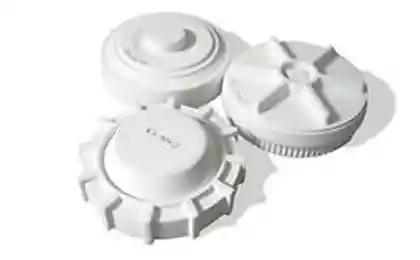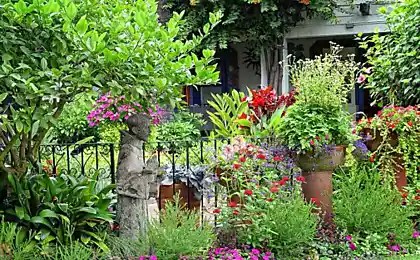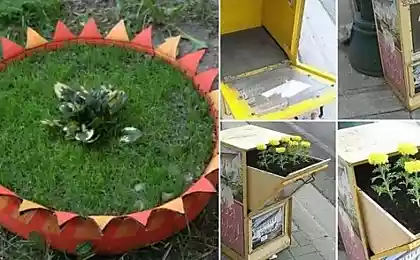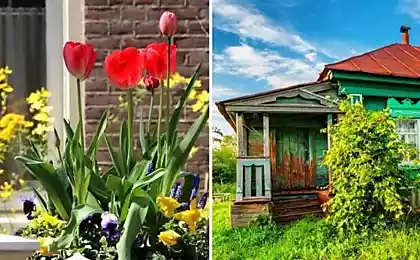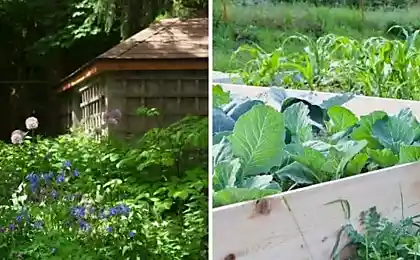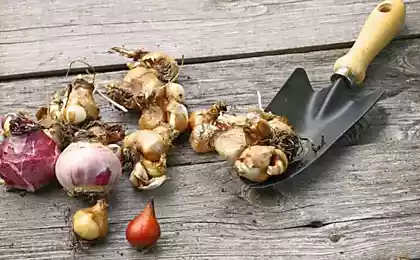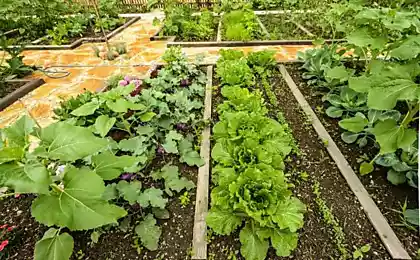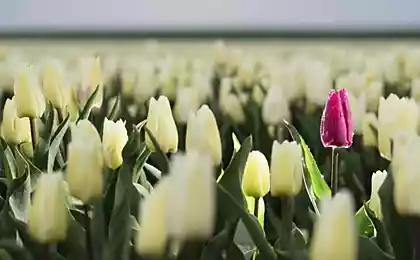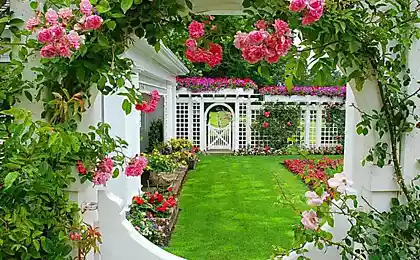171
What plants to plant in the summer cottage
Summer is the best time for gardening. And if you go to the cottage, it is in the summer! But what if you're at work all week and get out to your favorite little country house with a garden at best on the weekend? And fresh greens, fruits and berries still want...
So what, now, give up gardening? Editorial "Site" He knows a great way out of this situation! We suggest you use the list. gardenerThat you don't have to care for. Secret tricks of a gardener with 20 years of experience!
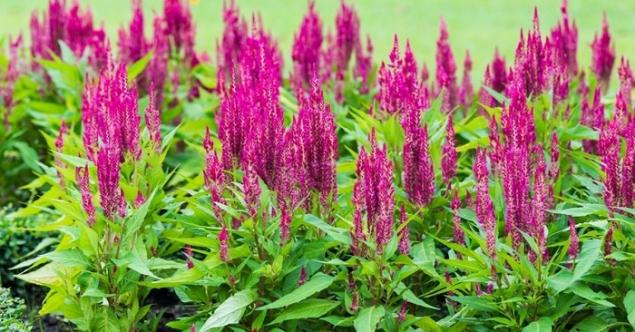
DepositPhotos
Of course, any plants, even weed grass, require care - at least watering on hot days. But there is. lowlyAble from a few days to a week to do without your gentle care.
So get started on this chart of plants that can grow on their own. They are beautiful, and some even bear fruit.
basilica
Perhaps, this is almost the only tasty herb that loves heat and does not much chase moisture. The rest: salad, parsley, dill, even onions - will not withstand long without water. The salad will go into color and will not give delicate leaves, dill and parsley will become tough, albeit very fragrant. But fragrant basil is not enough that it can protect potatoes from Colorado beetles, it will also become more fragrant in conditions of heat and drought.
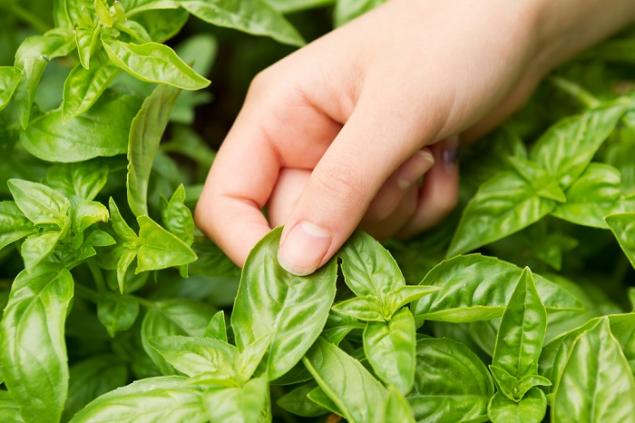
DepositPhotos
Rosehip
Even the most crappy fence will look luxurious if you plant a rosehip along it. A few seedlings are enough for the rosehip to gradually capture all the free space. At the same time, care is almost not required. So over time, the rosehip may well cover all the holes and stuff thorns into someone who dares to encroach on the territory of your “enchanted castle”.
And from the dried fruits of rose hips you can cook compote or tea, useful for colds. As you can see, this plant is very useful!

DepositPhotos
Perennial Astras
This hassle-free flower will be the decoration of your garden from spring to early frost. Perennial asters have a wide range of colors: white, yellow, blue, pink, red, lilac, purple. Planting is better not to thicken, so that the plants are well ventilated. Tall astras should be tied to supports.
It is necessary to multiply asters once every 3-4 years, when the bush begins to bare from the inside. Plants need to be excavated, the roots divided and transplanted to a new place. This is best done in August or early May.

DepositPhotos
kalina
Kalina is one of the most unpretentious trees. In spring, it blooms for a long time and magnificently with such an abundant white color that the Japanese did not stand next to their miserable cherry blossoms, and all autumn and almost all winter it is hung with huge bundles of bright red berries. In addition, the fruits of the kalina are very useful. Saplings it can be bought in the store, ask neighbors or dig somewhere on the roadside. But you can just pick berries, put on the grass and sprinkle a slide of earth: in a couple of years, Kalinum trees will climb from this burial ground.
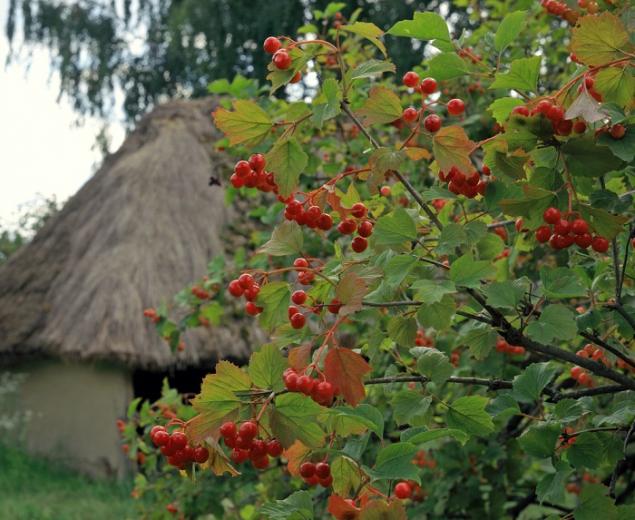
DepositPhotos
Repa
This is almost the only root vegetable that does not need frequent watering. Given that turnips are now grown only for summer lettuce, and not for storage, this root crop is suitable for those who are not often in the country. No radish, no carrots, no beets in the heat can not withstand several days without water. Or rather, of course, will withstand, but will become too dry, tasteless. And when it rains or they are abundantly poured, root vegetables can simply be torn in two because of the abundance of moisture.
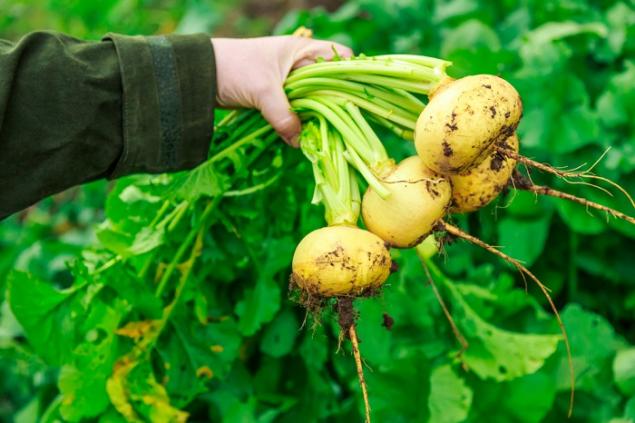
DepositPhotos
Floxes
One of the brightest “stars” of the autumn flowerbed is considered to be flox. These plants winter perfectly in most regions, form green curtains in spring, and bloom in the second half of summer, almost until October retaining an incredible variety of colors and splendor of inflorescences. Taking care of them is also quite simple.
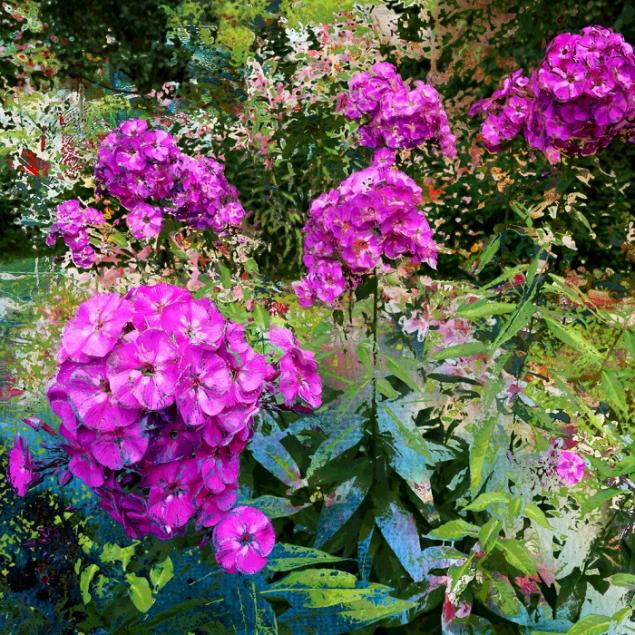
DepositPhotos
Garden chamomile
Chamomile is truly a folk flower that will become a win-win decoration of any flowerbed! Chamomile blooms for a long time and stands in the cut. It reproduces by dividing rhizomes, but you can start it with your seedlings, sowing seeds in cups at the end of February. It is better to plant chamomile in the ground at the end of summer. Although it can be safely transplanted throughout the season. To do this, you only need to shade it when transplanting for 2-3 days.
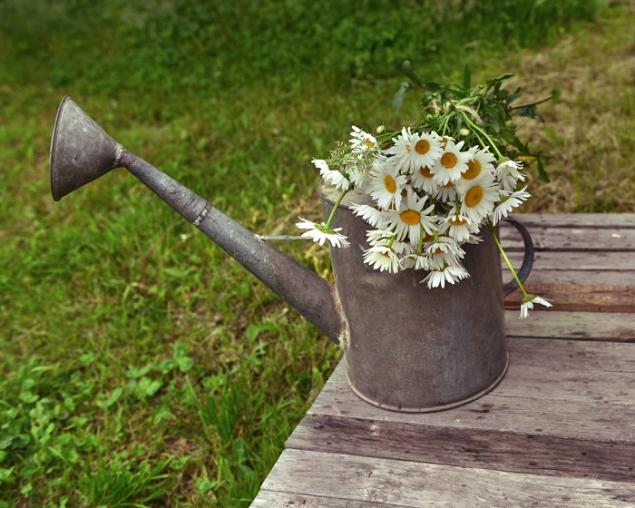
DepositPhotos
calendula
This plant is my favorite. Whenever possible, I collect calendula flowers, dry them, and then brew and make hair baths. The result is no worse than after the spa! Calendula is also a powerful antiseptic. Helps with toothache, barley and treats wounds.
To plant this plant in the spring (or during the summer), pour the seeds of the calendula into the loose earth. After a short period of time you will get a flower bed, blazing yellow-orange all summer and almost all autumn. And the best part is that she will sow herself again in the autumn!
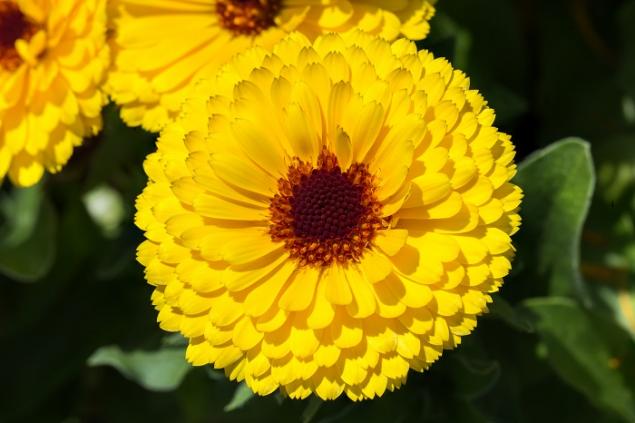
DepositPhotos
Amaranth
These large pink and maroon blizzards are also edible: you can make flour or porridge from seeds if there is nothing more to do, and the leaves are perfect for salads, as they are quite edible. Amaranth was once a ritual food of the Aztecs, fed to people who were then sacrificed. Therefore, the Spaniards considered this plant diabolical and fought hard against it. Although this struggle did not give results at all, because amaranth is unpretentious, grows and reproduces on its own anywhere.
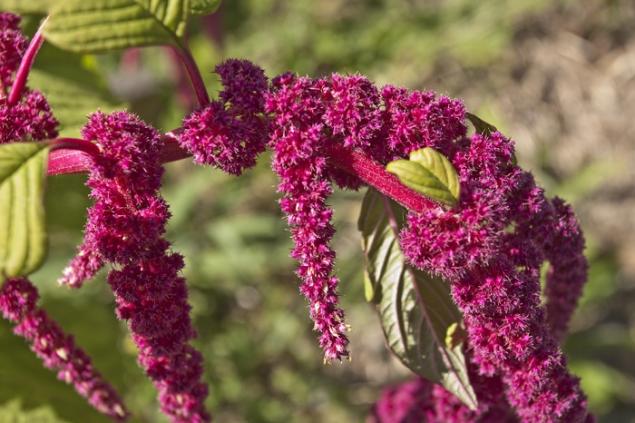
DepositPhotos
Plum
And if it is important for you that something grows in the garden not only for the eyes, but also for the stomach, feel free to choose a plum. This is the most unpretentious fruit tree that even loves abandoned gardens. By the way, if you are not in a hurry, you can easily do without the trouble with seedlings. Just buy plums, throw the bones in the garden. Some people will take root and in five years they will give the first harvest. The same trick can be done with cherries, but cherries are usually much more capricious. If you do not dance around it, you can not see the fruits at all.

DepositPhotos
Everything is fine in the summer except mosquitoes! However, these annoying bloodsuckers can be dealt with, and in a fairly simple way.
I suggest you know 8 useful plants that will drive mosquitoes away from your site. Thanks to these beautiful plants, you can safely enjoy warm summer evenings on your site without worrying about being bitten. These are just the best plants to give!
I hope you like this sensible one. pick-up. Be sure to try to create your “lazy” garden, and let it grow and smell to your delight!
Tell your friends about these ideas on social networks, maybe some of them will be useful now!
So what, now, give up gardening? Editorial "Site" He knows a great way out of this situation! We suggest you use the list. gardenerThat you don't have to care for. Secret tricks of a gardener with 20 years of experience!

DepositPhotos
Of course, any plants, even weed grass, require care - at least watering on hot days. But there is. lowlyAble from a few days to a week to do without your gentle care.
So get started on this chart of plants that can grow on their own. They are beautiful, and some even bear fruit.
- lupin
This impeccably beautiful weed is truly the king of slackers. Lupin grows anywhere. It is enough to buy a few bags of seeds and scatter them in the spring on the ground. And after a while to remove the lupin from the site will be almost impossible!
Lupin can please the eye with shades of almost all colors of the rainbow, but without care over time degenerates into a blue-white-pink range.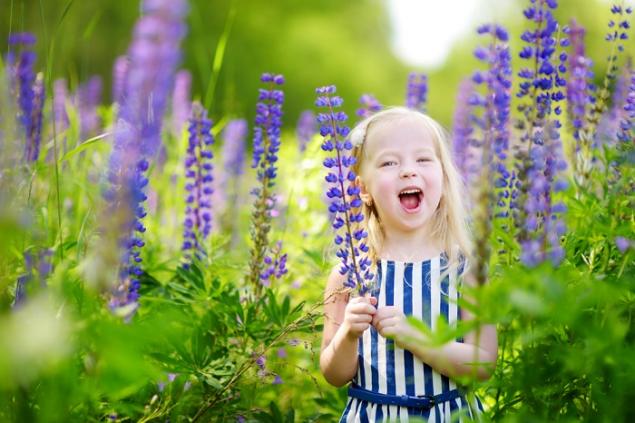
basilica
Perhaps, this is almost the only tasty herb that loves heat and does not much chase moisture. The rest: salad, parsley, dill, even onions - will not withstand long without water. The salad will go into color and will not give delicate leaves, dill and parsley will become tough, albeit very fragrant. But fragrant basil is not enough that it can protect potatoes from Colorado beetles, it will also become more fragrant in conditions of heat and drought.

DepositPhotos
Rosehip
Even the most crappy fence will look luxurious if you plant a rosehip along it. A few seedlings are enough for the rosehip to gradually capture all the free space. At the same time, care is almost not required. So over time, the rosehip may well cover all the holes and stuff thorns into someone who dares to encroach on the territory of your “enchanted castle”.
And from the dried fruits of rose hips you can cook compote or tea, useful for colds. As you can see, this plant is very useful!

DepositPhotos
Perennial Astras
This hassle-free flower will be the decoration of your garden from spring to early frost. Perennial asters have a wide range of colors: white, yellow, blue, pink, red, lilac, purple. Planting is better not to thicken, so that the plants are well ventilated. Tall astras should be tied to supports.
It is necessary to multiply asters once every 3-4 years, when the bush begins to bare from the inside. Plants need to be excavated, the roots divided and transplanted to a new place. This is best done in August or early May.

DepositPhotos
kalina
Kalina is one of the most unpretentious trees. In spring, it blooms for a long time and magnificently with such an abundant white color that the Japanese did not stand next to their miserable cherry blossoms, and all autumn and almost all winter it is hung with huge bundles of bright red berries. In addition, the fruits of the kalina are very useful. Saplings it can be bought in the store, ask neighbors or dig somewhere on the roadside. But you can just pick berries, put on the grass and sprinkle a slide of earth: in a couple of years, Kalinum trees will climb from this burial ground.

DepositPhotos
Repa
This is almost the only root vegetable that does not need frequent watering. Given that turnips are now grown only for summer lettuce, and not for storage, this root crop is suitable for those who are not often in the country. No radish, no carrots, no beets in the heat can not withstand several days without water. Or rather, of course, will withstand, but will become too dry, tasteless. And when it rains or they are abundantly poured, root vegetables can simply be torn in two because of the abundance of moisture.

DepositPhotos
Floxes
One of the brightest “stars” of the autumn flowerbed is considered to be flox. These plants winter perfectly in most regions, form green curtains in spring, and bloom in the second half of summer, almost until October retaining an incredible variety of colors and splendor of inflorescences. Taking care of them is also quite simple.

DepositPhotos
Garden chamomile
Chamomile is truly a folk flower that will become a win-win decoration of any flowerbed! Chamomile blooms for a long time and stands in the cut. It reproduces by dividing rhizomes, but you can start it with your seedlings, sowing seeds in cups at the end of February. It is better to plant chamomile in the ground at the end of summer. Although it can be safely transplanted throughout the season. To do this, you only need to shade it when transplanting for 2-3 days.

DepositPhotos
calendula
This plant is my favorite. Whenever possible, I collect calendula flowers, dry them, and then brew and make hair baths. The result is no worse than after the spa! Calendula is also a powerful antiseptic. Helps with toothache, barley and treats wounds.
To plant this plant in the spring (or during the summer), pour the seeds of the calendula into the loose earth. After a short period of time you will get a flower bed, blazing yellow-orange all summer and almost all autumn. And the best part is that she will sow herself again in the autumn!

DepositPhotos
Amaranth
These large pink and maroon blizzards are also edible: you can make flour or porridge from seeds if there is nothing more to do, and the leaves are perfect for salads, as they are quite edible. Amaranth was once a ritual food of the Aztecs, fed to people who were then sacrificed. Therefore, the Spaniards considered this plant diabolical and fought hard against it. Although this struggle did not give results at all, because amaranth is unpretentious, grows and reproduces on its own anywhere.

DepositPhotos
Plum
And if it is important for you that something grows in the garden not only for the eyes, but also for the stomach, feel free to choose a plum. This is the most unpretentious fruit tree that even loves abandoned gardens. By the way, if you are not in a hurry, you can easily do without the trouble with seedlings. Just buy plums, throw the bones in the garden. Some people will take root and in five years they will give the first harvest. The same trick can be done with cherries, but cherries are usually much more capricious. If you do not dance around it, you can not see the fruits at all.

DepositPhotos
Everything is fine in the summer except mosquitoes! However, these annoying bloodsuckers can be dealt with, and in a fairly simple way.
I suggest you know 8 useful plants that will drive mosquitoes away from your site. Thanks to these beautiful plants, you can safely enjoy warm summer evenings on your site without worrying about being bitten. These are just the best plants to give!
I hope you like this sensible one. pick-up. Be sure to try to create your “lazy” garden, and let it grow and smell to your delight!
Tell your friends about these ideas on social networks, maybe some of them will be useful now!

